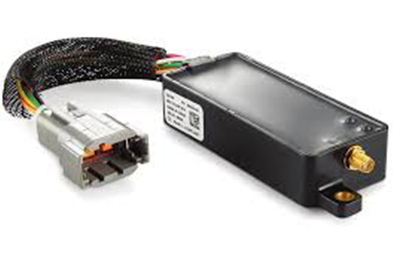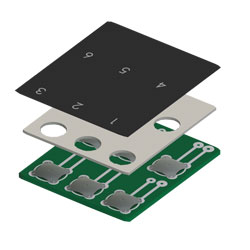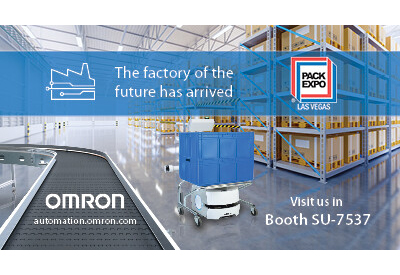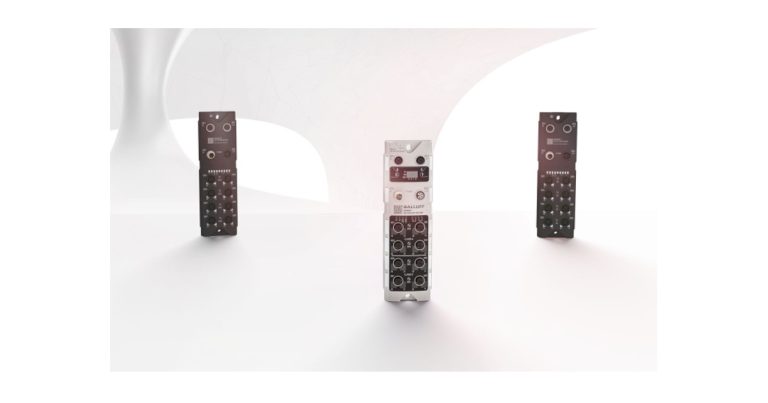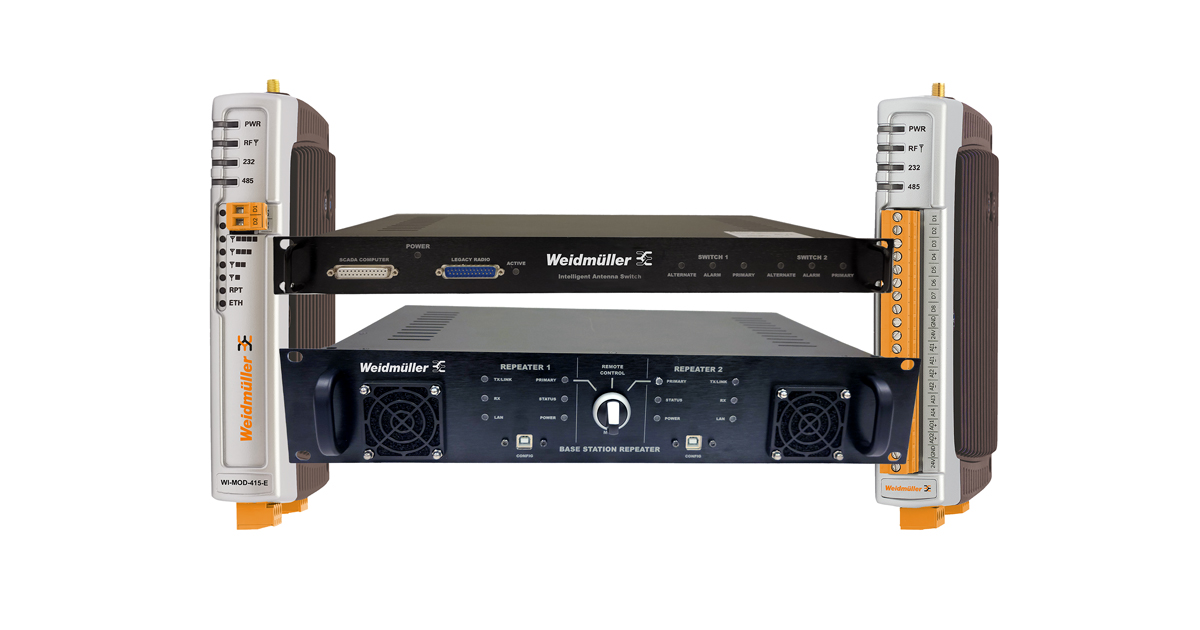Omron: D40A-2 Non-Contact Safety Door Switch – Improving Manufacturing Safety and Efficiency with Advanced Door Switch Technology
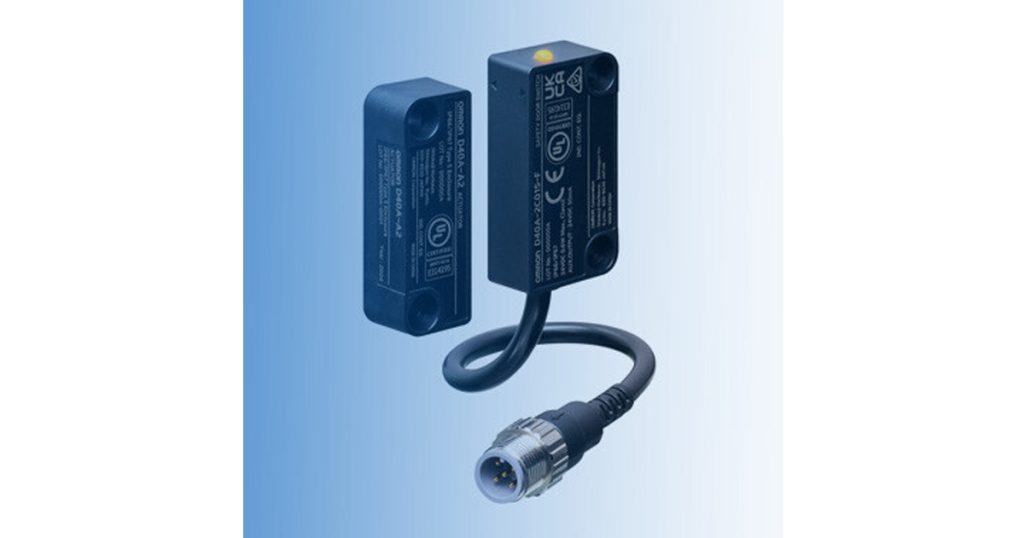
September 13, 2024
In the manufacturing industry, enhancing safety and efficiency is crucial. The D40A-2 non-contact safety door switch plays a pivotal role in addressing these challenges by improving operational processes and safety measures.
This innovative switch not only tackles common issues but also complies with rigorous industry standards. It represents a significant advancement in how manufacturing safety and efficiency are approached.
Addressing Reliability and Safety Challenges
Manufacturing environments often grapple with the critical need for reliable safety mechanisms. Traditional door switches, prone to failure, can lead to severe safety breaches. The D40A-2 mitigates these risks with its robust design and coded magnetic mechanism, making it a formidable barrier against common safety device bypass techniques. This advancement is crucial for maintaining a secure and efficient workspace.
Boosting Operational Efficiency
Operational delays are frequently the bane of traditional switch technologies, which falter under complex industrial demands. The D40A-2 introduces solutions such as 2-color LED indicators and auxiliary outputs, enhancing troubleshooting and monitoring. Furthermore, the capability to connect up to 30 switches in series across 200 meters simplifies the architectural needs of safety systems, reducing both downtime and associated labor costs dramatically.
Meeting Regulatory and Hygiene Standards
In sectors like food processing, adherence to hygiene standards is not just regulatory but critical for product integrity. The D40A-2 excels with its IP67 rated enclosure and ECOLAB-certified resistance to detergents, ensuring that cleanliness standards are met without compromise. Its design minimizes dust and water accumulation, pivotal in maintaining hygiene in sensitive environments.
Cost Effective Safety Solutions for Global Markets
The D40A-2 stands out as a cost-effective solution that aligns with global safety standards. Its ease of installation and minimal maintenance demands make it an attractive option for manufacturers worldwide, ensuring safety without imposing significant financial burdens. The switch’s global applicability and compliance with international safety regulations underscore its versatility and broad relevance.
Conclusion
The D40A-2 non-contact safety door switch is more than just a component; it is a transformative element in manufacturing safety and efficiency. By integrating such advanced technologies, manufacturers can achieve notable improvements in operational dynamics and compliance, ensuring a safer, more efficient production landscape



